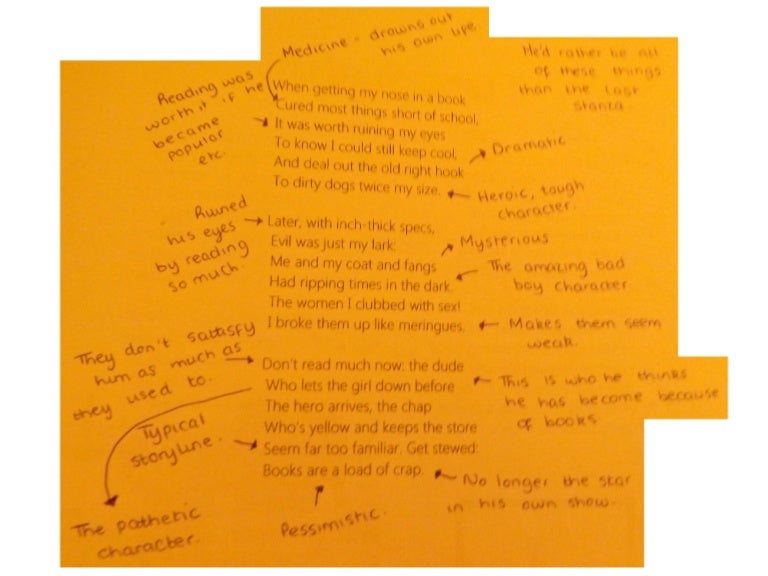
What’s more, students clearly enjoyed the experience. Working with a sample of about 350 12- and 13-year-olds who were average or poor readers, the researchers had teachers read aloud “two whole challenging novels at a faster pace than usual.” At the end of 12 weeks, students had made about eight months progress on average, as measured by standardized reading comprehension tests-and the poor readers had made an astounding 16 months of progress. And the study done in England suggests that simply enabling students to enjoy good novels can provide a more powerful boost to comprehension. But, given that reading scores have been stagnant or declining for the past 25 years, there’s little evidence to support that justification.

The main justification for that approach, at least in the U.S., is that it will boost comprehension as reflected in test scores. A study done in England and published in 2018 observed that teachers there often give poorer adolescent readers “short, simplified texts” and expect them to “analyze every part in a slow laborious read-through.” Nor is this a problem that’s confined to the United States.
A STUDY OF READING HABITS HOW TO
In an article published in American Educator in 2003, only a year after NCLB went into effect, commentator Kate Walsh pointed out that widely used reading textbooks consisted largely of short passages with little actual content and put supposed skills like “sequencing” in the foreground.Īnd in 2008-two years before the CCSS was promulgated-an author of popular children’s poetry books, Mary Ann Hoberman, complained that she didn’t like it “when a four-line poem of mine is in a teacher’s manual, and there are three pages on how to use it across the curriculum, and it’s analyzed to death. Although read-alouds from chapter books and “thematic” teaching used to be more common than they are now, elementary schools have long tried to use brief snippets of simple text as vehicles for teaching reading comprehension skills. But they didn’t create the problem, at least at the elementary level.

No doubt both NCLB and the CCSS have each helped to drain the joy from reading, albeit unintentionally. That federal legislation placed enormous emphasis on reading test scores and led to instruction that often mirrors the format of the tests. In addition to blaming CCSS, Marsh fingers another education-world acronym: NCLB, for No Child Left Behind. The paragraph is followed by several dispiriting comprehension questions of the type used on standardized tests.Īs Marsh observes, this kind of lesson is supposed to teach close reading skills while also catering to kids’ supposedly limited reading stamina. Marsh observes that one way to help students understand the distinction would be to read them one of the humorous books about Amelia Bedelia, the famously literal-minded fictional maid.īut Marsh cites a lesson designed to align with this standard that gives children just a one-paragraph excerpt, in which Amelia Bedelia gets the “spots” out of her employer’s polka-dotted dress by excising them with a pair of scissors.

Children’s book author Katherine Marsh, writing in the Atlantic, makes many of the same points Paul does, and one of her examples is a Common Core third-grade standard on distinguishing literal from non-literal language. The problem isn’t limited to middle and high school.

Another aspect of the CCSS may be at least as important: its emphasis on “close reading.” Although its authors didn’t necessarily mean that literacy instruction should consist solely of painstakingly picking apart one or two paragraphs of text, that’s often how it’s been interpreted in practice.


 0 kommentar(er)
0 kommentar(er)
